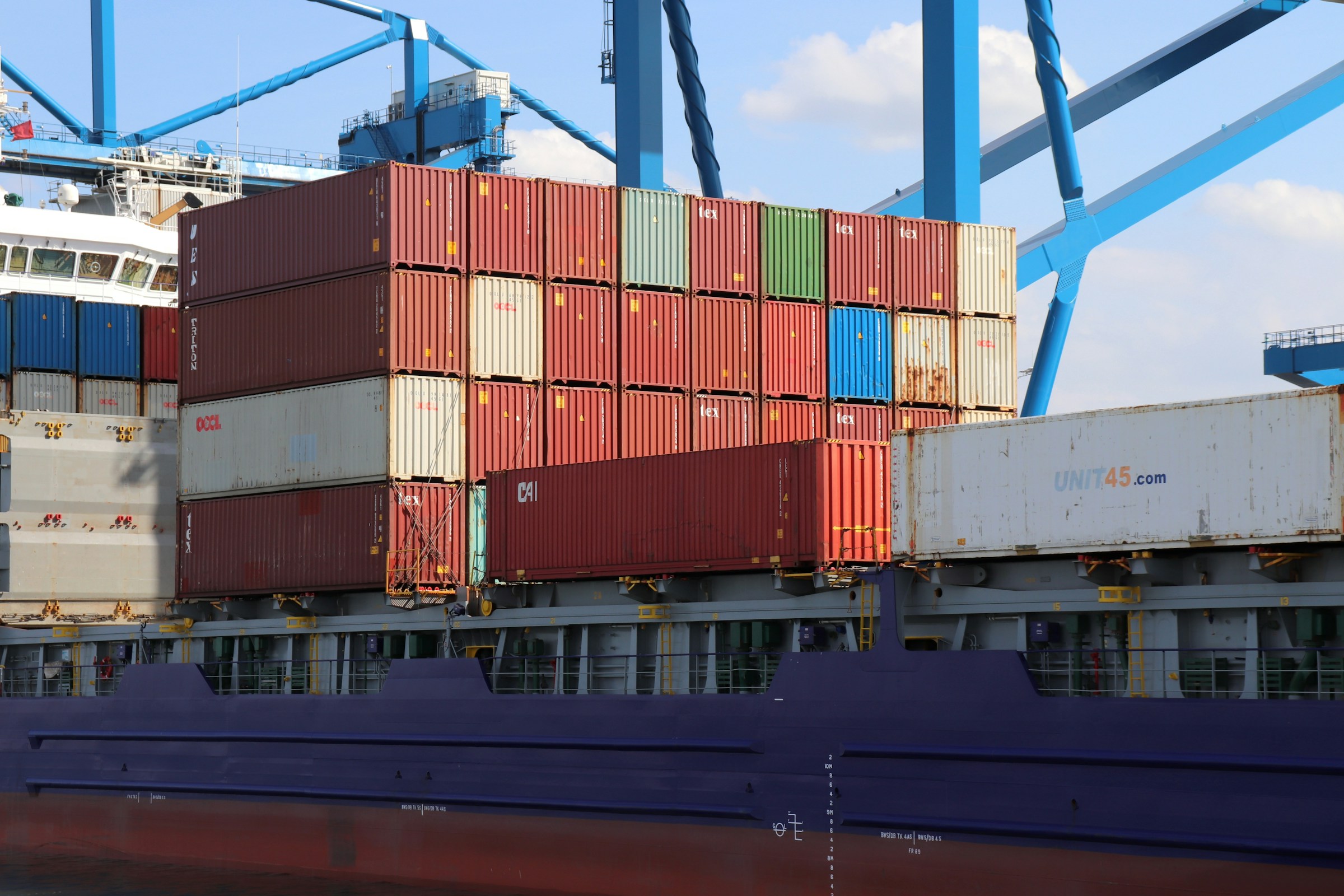The United States has announced preliminary anti-dumping duties of 93.5% on Chinese imports of anode-grade graphite, a material central to the production of electric vehicle (EV) batteries. At first glance, this might appear as a textbook trade defense measure. But at 93.5%, the rate is not merely punitive—it is strategic. This duty represents a deliberate recalibration of critical supply chains, institutional risk tolerance, and capital exposure at a time when industrial policy is doing far more than nudging the market.
This isn’t just about graphite. It’s about the capital reallocation that follows when key input materials are recategorized from commodity to security-sensitive asset.
The Commerce Department’s decision to impose a flat anti-dumping margin and cash deposit rate of 93.5% across all Chinese producers sends a clear signal: the US no longer sees passive reliance on low-cost Chinese graphite as tenable. The policy references 2023 import volumes of US$347.1 million, but the decision is forward-facing. It’s less about redressing the past and more about insulating domestic supply chains from geopolitical friction.
The announcement also coincides with broader moves by the Biden administration to shift critical mineral sourcing away from adversarial or strategic competitor states. Taken together with export restrictions on semiconductors and rare earths, the graphite duty accelerates the weaponization of material supply chains as instruments of industrial and geopolitical leverage.
The direct exposure is clearest in the EV battery sector, where Chinese anode-grade graphite accounts for over 60% of global processed supply. US-based gigafactories reliant on consistent, cost-effective feedstock now face a forced supply chain bifurcation.
The impact cascades into public–private ventures linked to the Inflation Reduction Act (IRA), especially those that hinge on meeting “foreign entity of concern” thresholds. Graphite processed in China, even if mined elsewhere, may become categorically non-compliant for tax incentives—further reshaping procurement behavior.
Private equity and strategic investors in upstream battery projects—particularly in Australia, Canada, and African jurisdictions—stand to gain from reweighted capital flows. Conversely, downstream assemblers who delayed diversification from Chinese graphite face margin compression and timeline risk.
With Chinese producers sidelined by duty-imposed cost barriers, the onus shifts to midstream and upstream players in non-aligned jurisdictions. The US International Development Finance Corporation (DFC) and allied export credit agencies are likely to ramp up support for graphite mining and refining projects in friendly markets.
However, capital markets have not priced in the time lag required to bring substitute supply online. There is no immediate liquidity buffer for anode-grade graphite. Processing capacity, not raw resource, is the bottleneck. This asymmetry means EV project financiers must now hedge around longer development timelines, lower offtake certainty, and higher processing costs.
China’s own regulatory response may be restrained in the short term—but tit-for-tat measures are conceivable, particularly around export permits and price controls on other strategic minerals.
From a capital allocation standpoint, we expect institutional investors to rotate into graphite-exposed plays in aligned jurisdictions—particularly those with existing feasibility studies and environmental clearance.
US-listed juniors with processing ambitions will attract fresh speculative capital, but without long-term offtake contracts, funding may remain volatile. Sovereign wealth funds (SWFs) in the Gulf and East Asia are already scouting for vertically integrated opportunities in minerals critical to the clean energy transition. The graphite duty only accelerates this momentum.
Private market LPs seeking inflation-hedged infrastructure exposure may now reconsider their mineral allocation models. While graphite lacks the liquidity of oil or the institutional maturity of copper, its newly formalized strategic status makes it a candidate for cross-portfolio substitution.
This trade move is not an isolated inflection point—it is part of a deliberate capital and supply chain uncoupling strategy. The US is narrowing the corridor for Chinese mineral integration into federally backed industrial programs.
For policymakers in resource-rich but capital-scarce jurisdictions, this opens a window to become preferred partners in the next wave of EV supply chain realignment. But speed, permitting clarity, and downstream infrastructure will determine who wins the capital reallocation race.
For institutional allocators, the signal is unequivocal: supply chains that once functioned on price efficiency must now operate within the constraints of security, origin, and compliance.
This reorientation is not temporary. It’s the scaffolding of a new minerals regime—and it begins with graphite. The duty level set by the US is so steep it functions as an exclusionary barrier rather than a corrective mechanism. For capital markets, that distinction matters. It means assets previously considered globally interchangeable are now subject to jurisdictional stratification.
The implication for capital allocators is structural: commodity exposure must now be paired with geopolitical mapping. Portfolio weightings in energy transition metals can no longer rely on diversified pricing alone—they must factor traceability, ESG enforcement risk, and alliance-compatible supply. As the graphite case shows, trade policy has become capital policy. And sovereign funds, infrastructure GPs, and industrial lenders are being pulled into the compliance architecture of national security economics.















